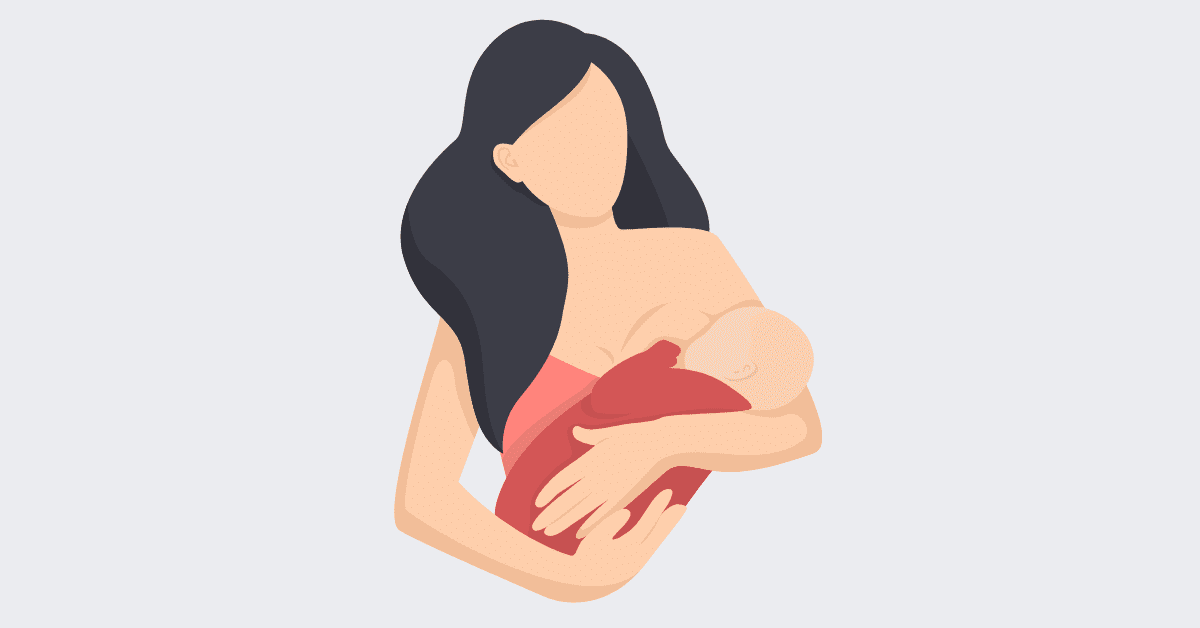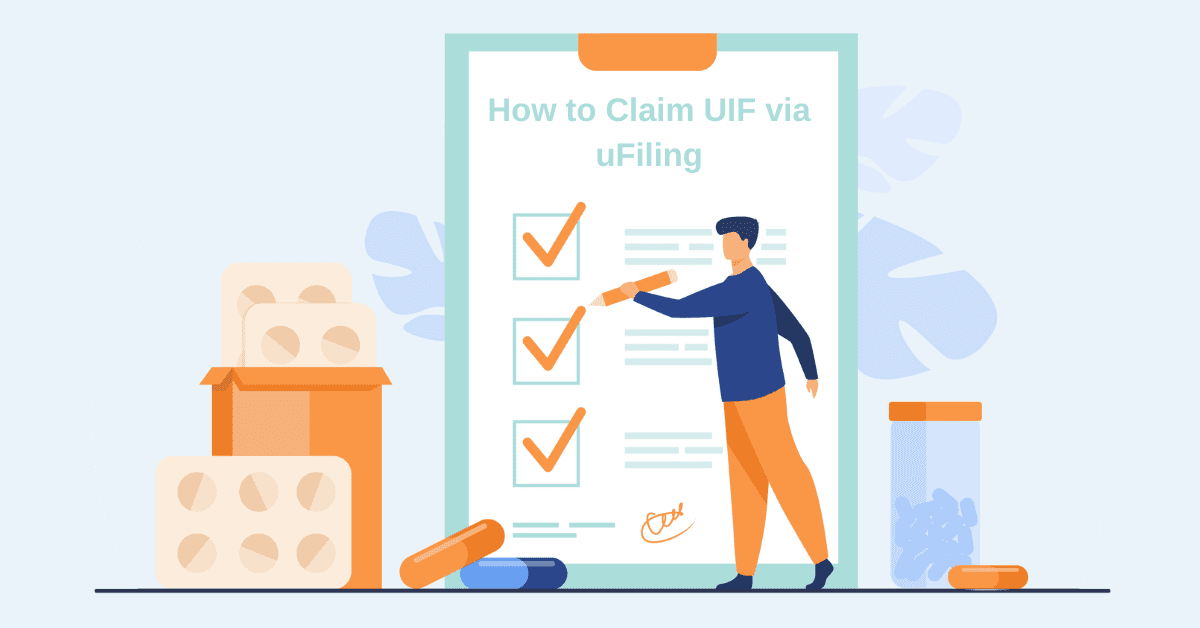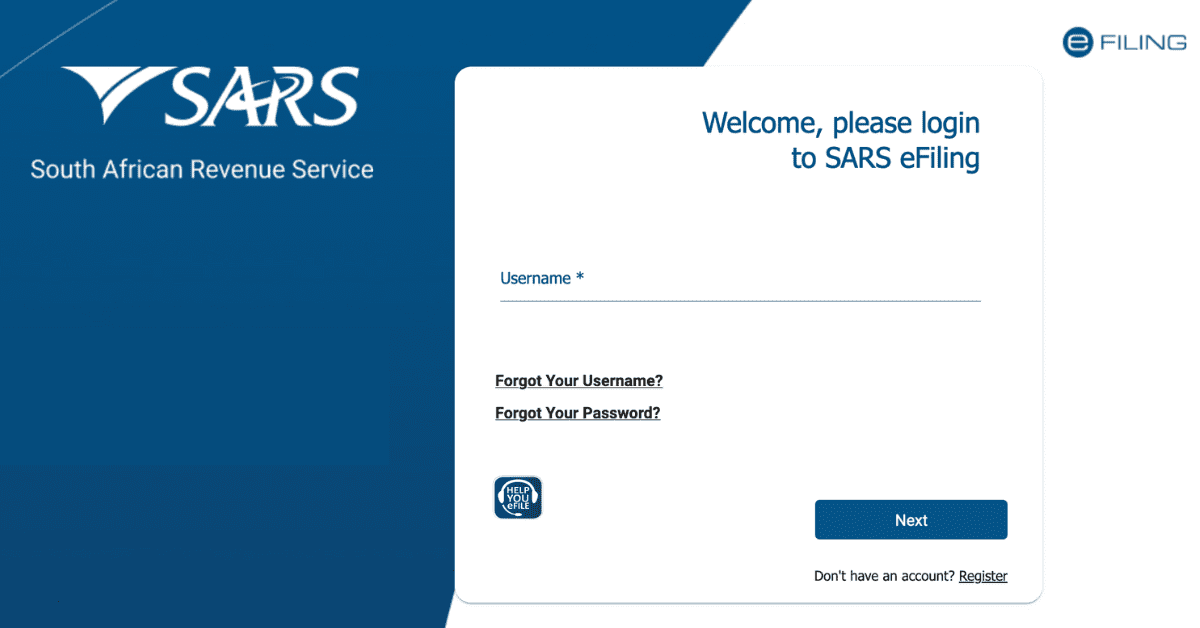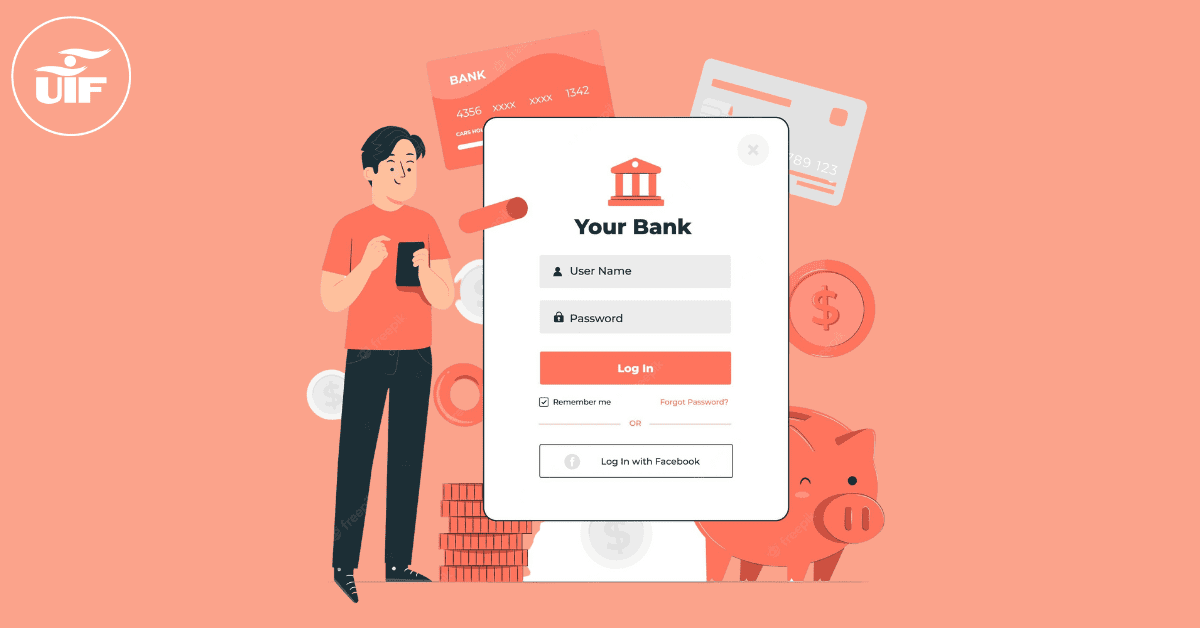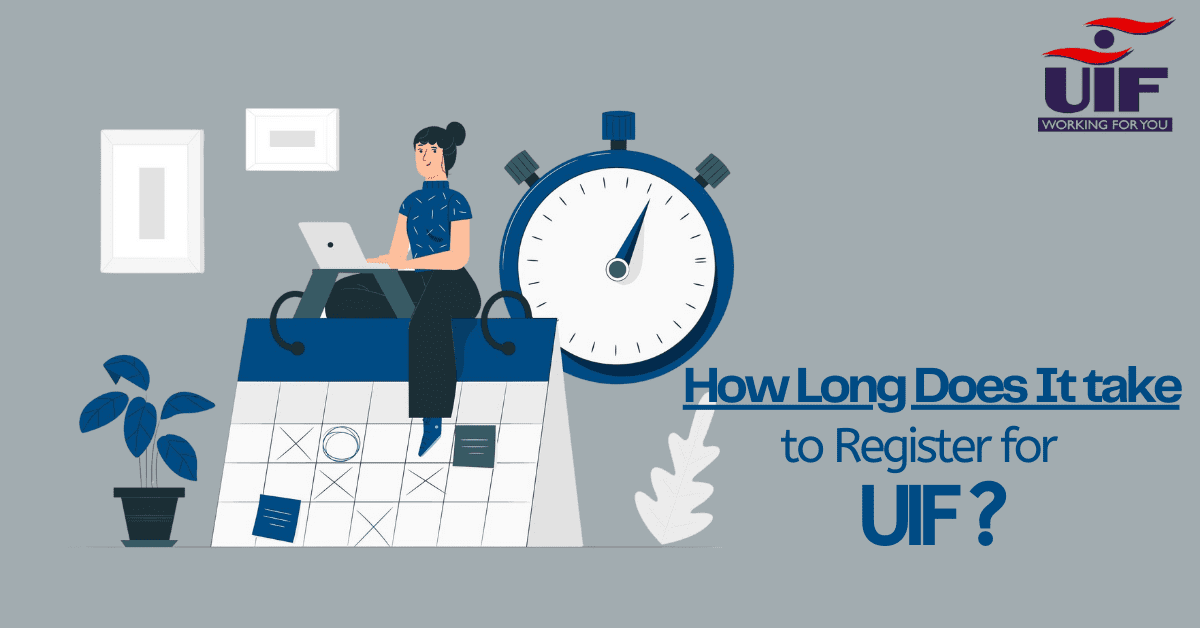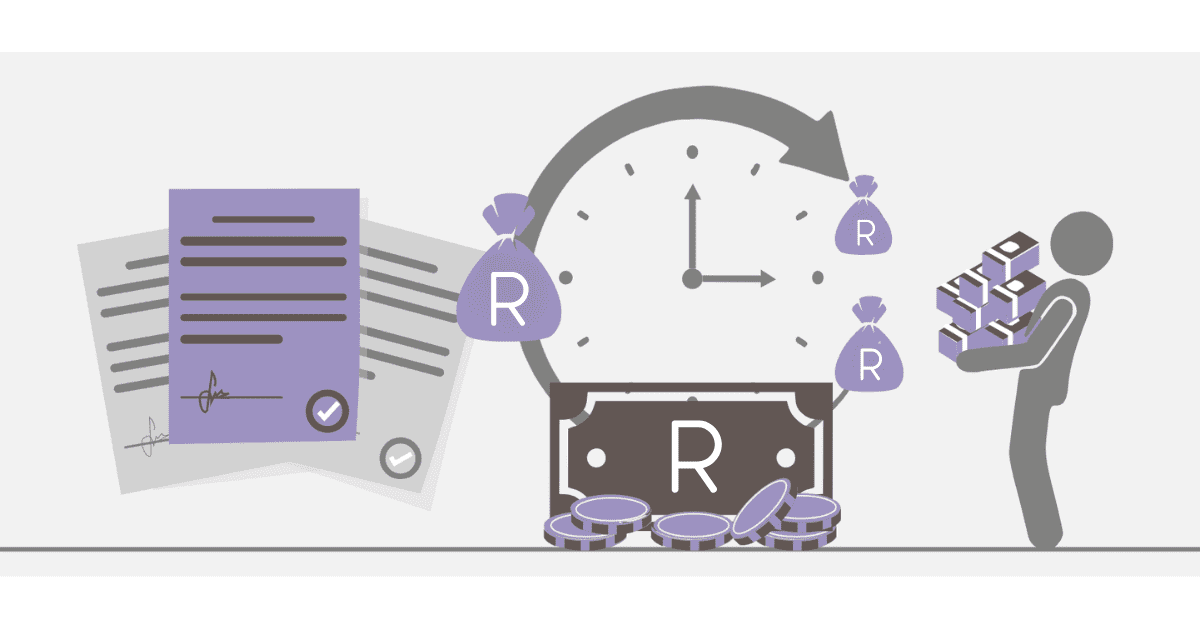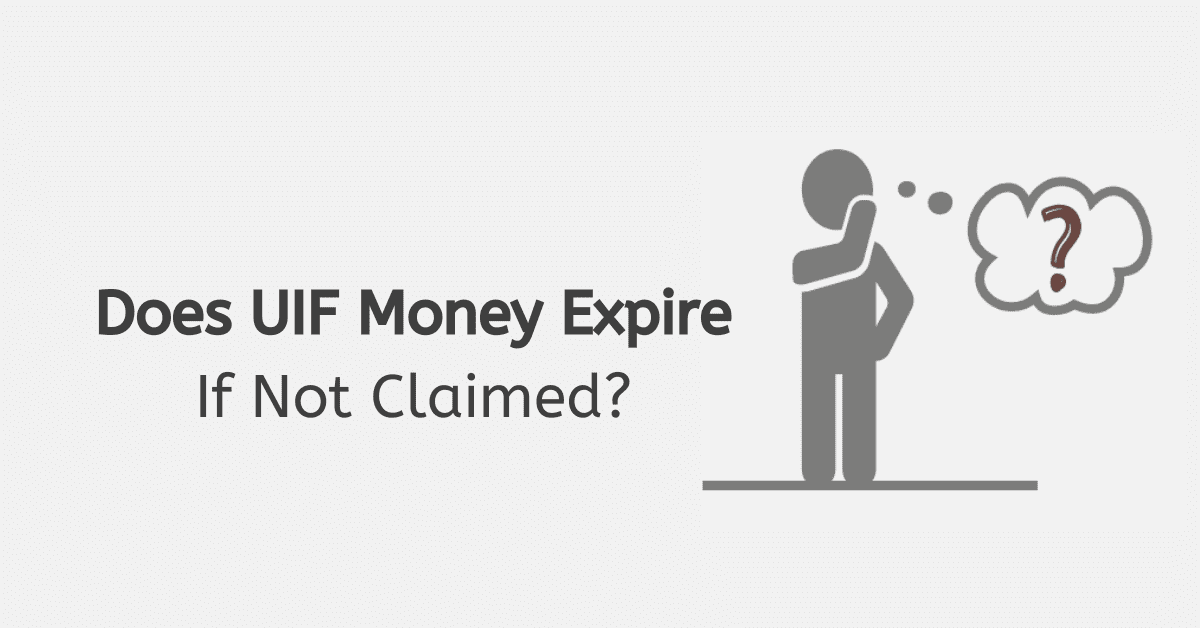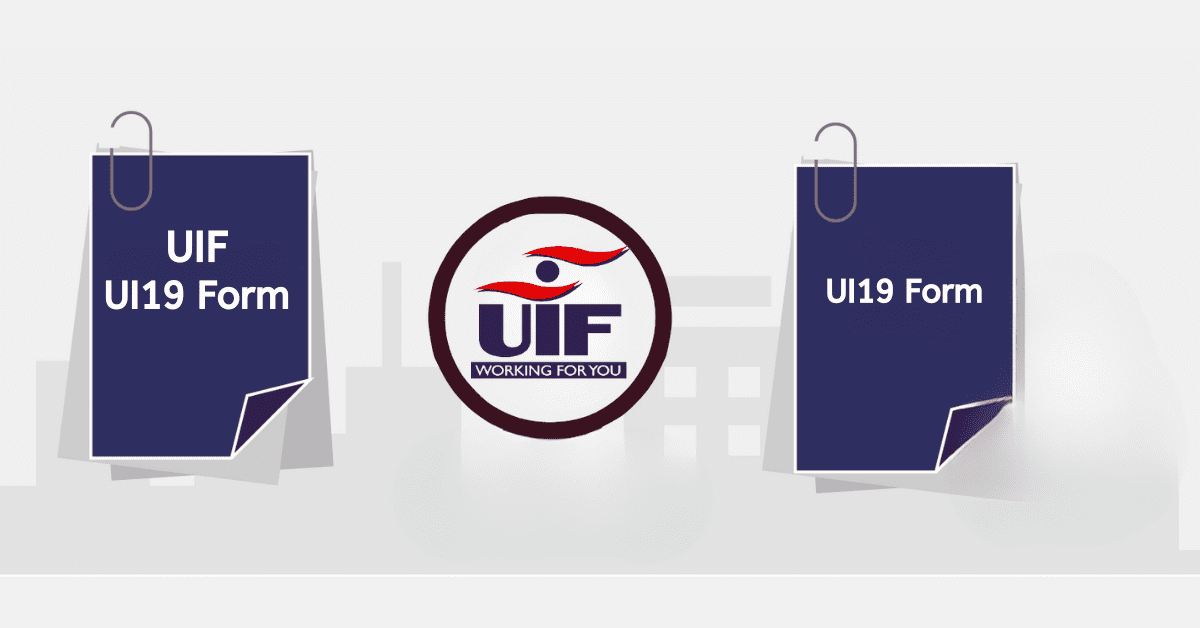UIF is a South African government department which was established to ensure that employees and employers regularly contribute to the fund. In doing so, employees know that if they find themselves without employment, they can claim against the fund for short-term financial relief.
Individuals who contributed to the fund and are no longer employed or unable to work due to illness or pregnancy, etc., are entitled to access the funds they’ve contributed. You must have applied to the fund and completed the necessary registration process to access these funds.
How much does UIF pay per month?
The amount you receive in UIF payments depends on your monthly salary while employed. Employees must contribute 1% of their monthly salary, excluding commissions, and employers contribute another 1%, making the total monthly contribution to the fund 2% of the employee’s monthly salary.
Here’s how to calculate UIF payout:
The first step is to work out your daily rate of remuneration. To do this, if you are earning a monthly salary, you must multiply your salary by 12 and divide it by 365. For example, if you earn R10,000 per month, your calculation will look like this:
10,000 (salary) * 12 (months) / 365 (days) = R328.77 per day.
The UIF payout system makes payments in the percentage of your earned salary during the period you were contributing to it. The highest amount that can be paid is 58% of your daily earnings. Higher percentages apply to lower-paid employees.
You will also have to consider the number of days you worked and contributed to UIF. The rule is that if you have been contributing to UIF for over four years, then you will be entitled to 365 days of benefits.
How long does it take to get UIF money after signing?
To receive a payment, you must be registered for UIF. If you have registered at a labour centre, be sure to keep all the documents provided safely, as they will be required for ongoing payments. This process can take up to three hours to complete.
Once you are registered, you will be notified once your name has been approved.
The first payment will be paid directly to your bank account two to four days after the claim is approved.
Remember, you must claim within six months after your last date of employment.
How much is your first UIF payment?
The total monthly contribution is 2%, of which your employer is responsible for contributing 1% of your salary, and you contribute the other 1%.
As time progresses, these contributions build up credits. The more credits you have, the longer you can claim UIF benefits.
To work out your daily rate of remuneration, you will need to multiply your salary by 12 and divide it by 365.
The UIF payout system makes payments in the percentage of your earned salary during the period you were contributing to it. The highest amount that can be paid is 58% of your daily earnings. Higher percentages apply to lower-paid employees.
You will also have to consider the number of days you worked and contributed to UIF. The rule is that if you have been contributing to UIF for over four years, then you will be entitled to 365 days of benefits.
What happens if I don’t claim my UIF?
It’s important to note that if you leave your job voluntarily, such as in a resignation, then you will not be eligible to receive UIF benefits.
During your working life, if you never claim for UIF, either due to you not electing to do so or because you never qualified for the benefit, then there will be no benefit due to you, and the contributions made during your employment will not be due to you either.
How many times does UIF payout?
The duration that UIF payments can be received will depend on the amount that has been contributed to the funds while you were working and the number of credit days you have available.
UIF can be claimed for up to 12 months, provided that you have full credit days available. These credits accrue as follows: for every four days you work as a contributor, you will receive one day of credit, up to a maximum of 12 months.
In order to qualify for the full number of credit days, you would have needed to work as a contributor for more than four years. Your rates at which benefits are payable are in accordance with the scale of benefits which ranges between 38% and 60% for the first 238 days. Then, from days 239 to 365, there is a flat rate of 20%. Individuals that fall in lower wage brackets receive a higher percentage.
What is the UIF limit for 2025?
Since the 1st of June 2021, the maximum earning ceiling is R17,712 per month or R212,544 per year. Employees that earn more than this amount will have their contribution calculated using the maximum earnings ceiling amount.
Therefore, the maximum contribution that can be deducted from employees earning R17,712 or more per month is R177.12.
Can I get my UIF after 5 years?
The UIF stipulates that to qualify for UIF benefits; you should apply within six months of becoming unemployed.
If the funds are not claimed, it is transferred to an unclaimed benefits fund. These funds may still be accessible but only through the proper channels. However, certain funds’ rules state that the amount must be written back after a set duration.
UIF claims are the government’s initiative for employees who contribute to the fund and who have been:
- Dismissed
- Retrenched
- Contract expired
- The employer goes bankrupt
